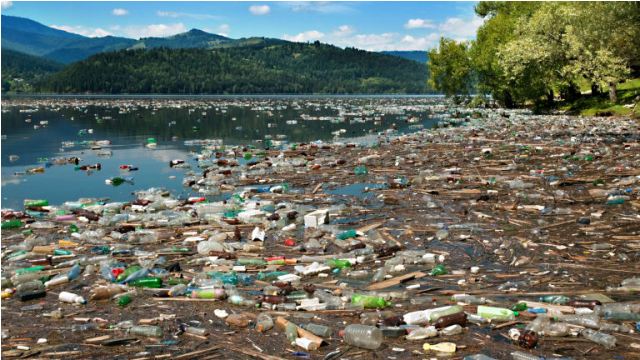
Clean drinking water is scarce and there are millions of people across
this globe who spend their entire day searching for it. Yet, people
who have access to safe, clean drinking water take it for granted and
don’t use it wisely. Water scarcity involves water crisis, water
shortage, water deficit or water stress. Water scarcity can be due to
physical water scarcity and economic water scarcity. Physical water
scarcity refers to a situation where natural water resources are
unable to meet a region’s demand and economic water scarcity is a
result of poor water management resources.
According to Wikipedia, Water scarcity is the lack of sufficient
available water resources to meet the demands of water usage within a
region. It already affects every continent and around 2.8 billion
people around the world at least one month out of every year.
More than 1.2 billion people lack access to clean drinking water.
Water scarcity involves water stress, water shortage or deficits, and
water crisis. While the concept of water stress is relatively new, it
is the difficulty of obtaining sources of fresh water for use during a
period of time and may result in further depletion and deterioration
of available water resources. Water shortages may be caused by climate
change, such as altered weather patterns including droughts or floods,
increased pollution, and increased human demand and overuse of water.
A water crisis is a situation where the available potable, unpolluted
water within a region is less than that region's demand. Water
scarcity is being driven by two converging phenomena: growing
freshwater use and depletion of usable freshwater resources. Water
scarcity can be a result of two mechanisms: physical (absolute) water
scarcity and economic water scarcity, where physical water scarcity is
a result of inadequate natural water resources to supply a region's
demand, and economic water scarcity is a result of poor management of
the sufficient available water resources. Many countries face serious
water shortages, with the root of the problem being not so many
shortages of water but overpopulation in places that are not really
fit for human habitation. Water shortages are often local problems
rather than national ones. Shortages are worse in places where there
are little water or rain and lots of people.
Water tables are falling almost everywhere. Repeated drilling and well
building has caused the water table to drop in some places by as much
as six feet a year. Rich countries can compensate for shortages in
some areas by building dams, importing food, tapping deep water
aquifers, recycling wastewater, desalinated seawater. Poor countries
are generally unable to do these things. The shortage of water is a
big problem in many cities. Water is sometimes turned on only a couple
of times a day for about a half hour each time. People with money have
special storage tanks to collect water during those times, which in
turn allows them to have water around the clock. People without
storage tanks collect water in jugs and buckets and often have to take
bucket baths when the water is not turned on. Global warming could
make water shortages worse in some places and create water shortages
in other places. Clean drinking water is scarce and there are millions
of people across this globe that spends their entire day searching for
it. Yet, people who have access to safe, clean drinking water take it
for granted and don’t use it wisely. Water scarcity involves water
crisis, water shortage, water deficit or water stress. Water scarcity
can be due to physical water scarcity and economic water scarcity.
Physical water scarcity refers to a situation where natural water
resources are unable to meet a region’s demand and economic water
scarcity is a result of poor water management resources. Every week it
seems there are alarming predictions related to water: disease,
starvation, crop disasters, famines, war. One of the major challenges
in many developing countries is to provide decent drinking water and
sanitation to sprawling shanty towns and areas occupied by the urban
poor in the cities. In the rural area at least the poor can dig wells and
take care of the sanitation in their fields. The main problems with
water are shortages of water, shortages of clean water and waterborne
diseases. Around 80 percent of all deaths from illness in the
developing world are caused by lack of access to safe water. More than
5 million people die each year from water-related diseases such as
severe diarrhea, hepatitis A and dysentery. Growing populations,
expanding agriculture, industrialization and high living standards
have all boosted demand for water while drought, overuse, and pollution
have all decreased supplies. To make up for the shortfall water is
often taken from lakes, rivers, and wetlands, causing serious
environmental damage
Conserve fresh water! The good work starts today. Do your bit to stop
this from happening by taking concrete steps every single day to
conserve fresh water. Get others doing likewise and, together, we can
save the precious planet earth that we all live on.






Leave A Comment